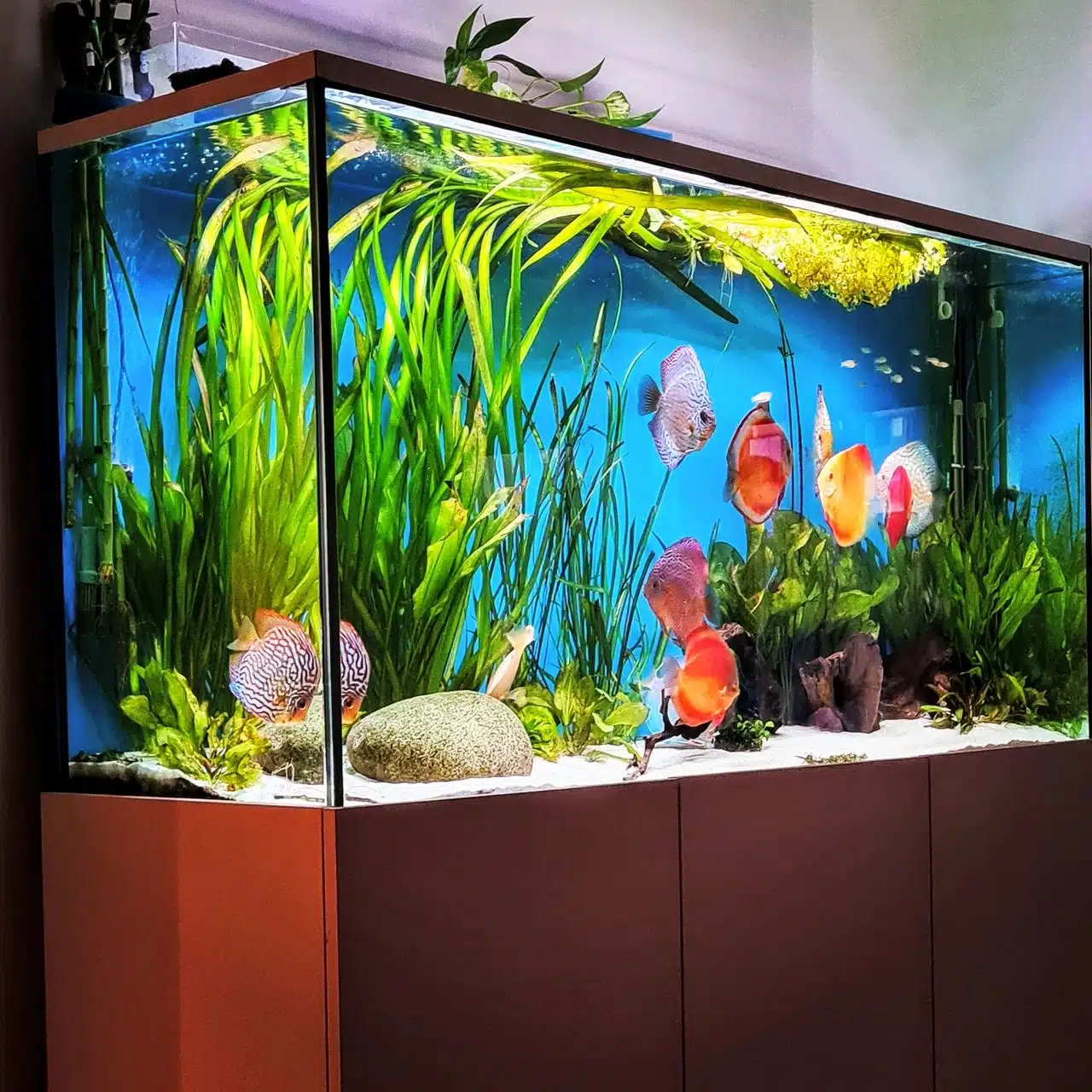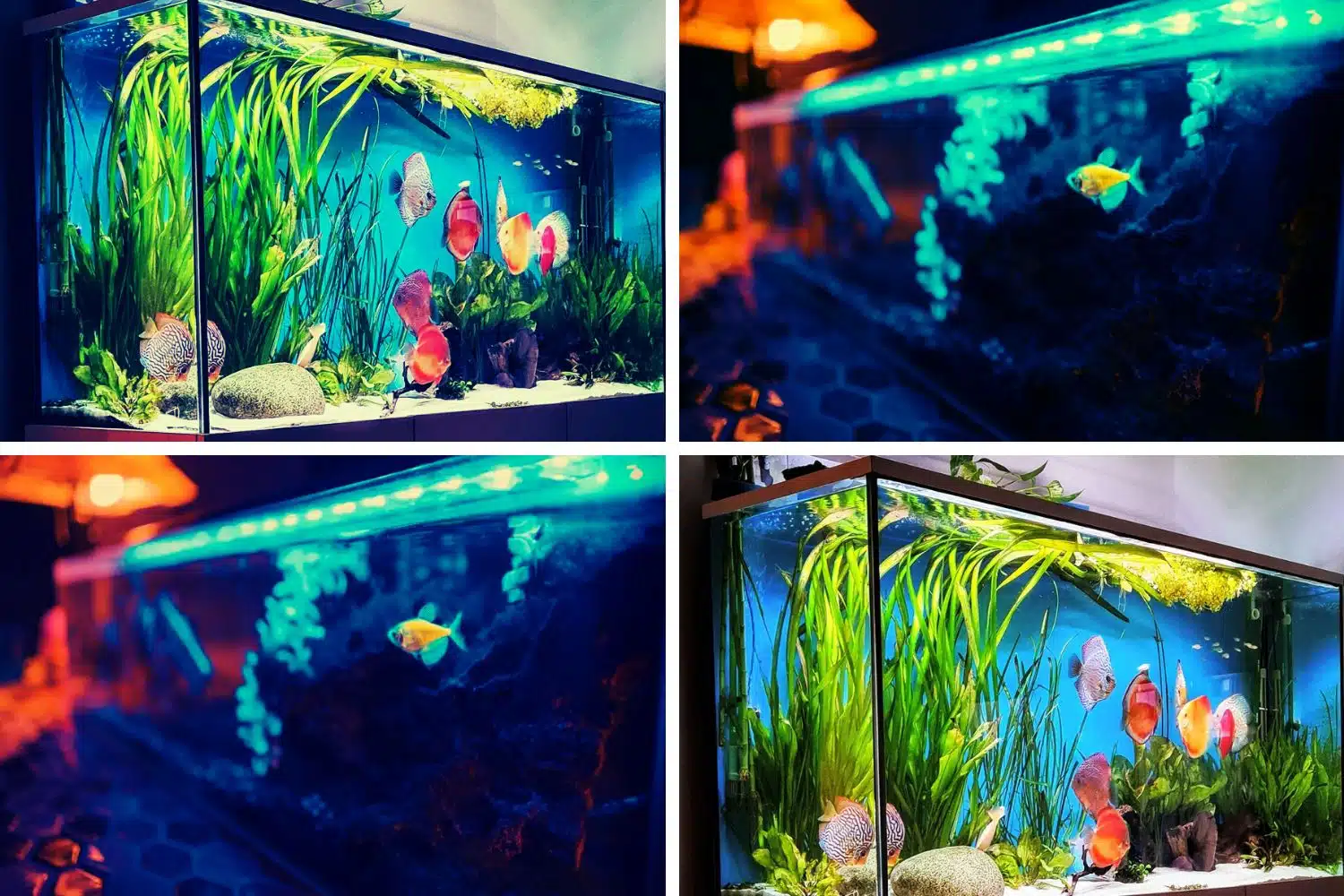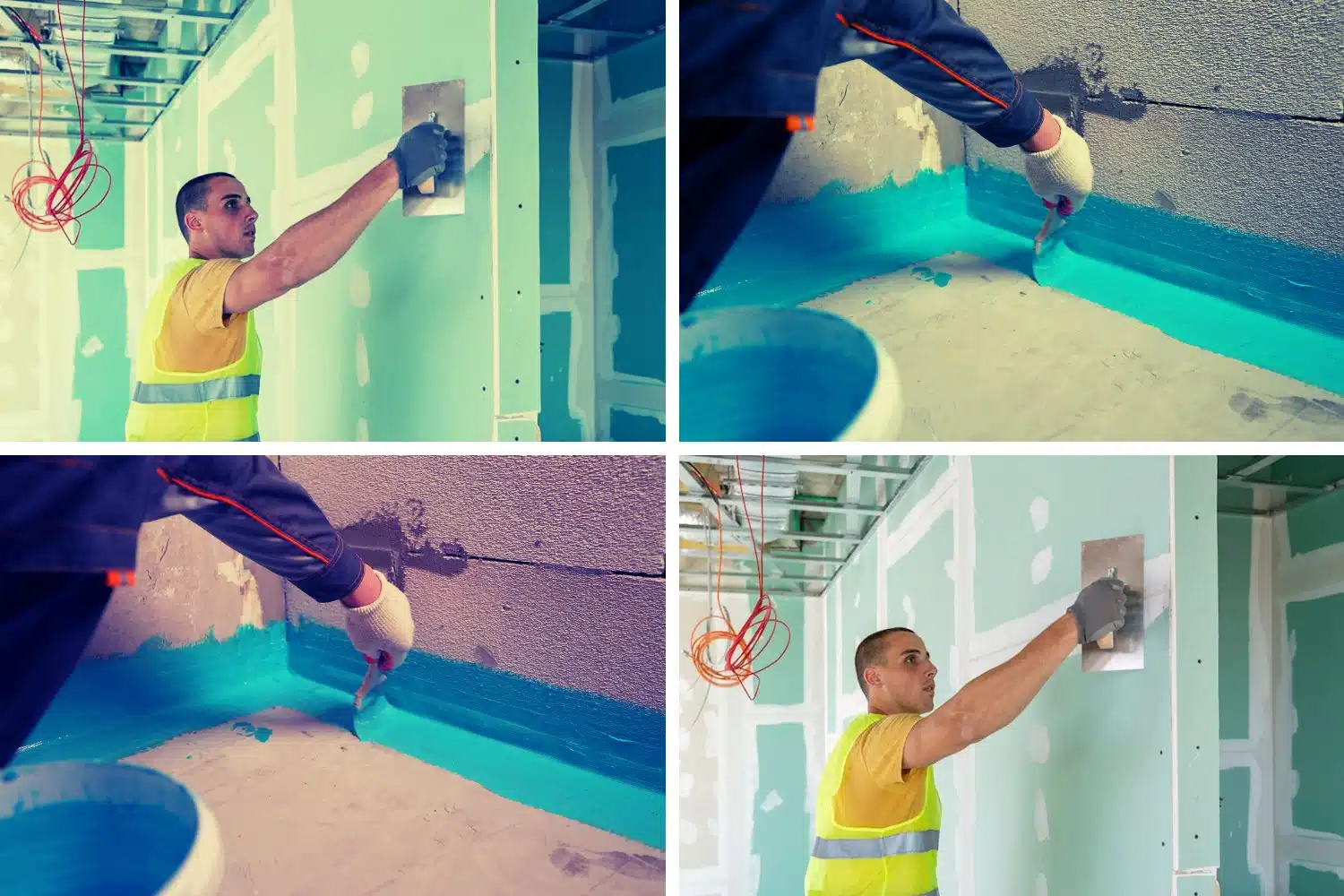Aquariums are a beautiful addition to any home or office space. They can be a calming and relaxing presence, and watching fish swim around can be therapeutic. However, aquariums require proper maintenance to ensure the fish stay healthy and the water remains clear and clean. Neglecting aquarium maintenance can lead to the growth of harmful bacteria, algae, and other contaminants that can harm fish and make it difficult to see them. In this post, we’ll outline seven tips for maintaining a clean and clear aquarium.
1. Invest in a Good Filter

One of the most important components of your aquarium is the filter. A high-quality filter is essential for keeping the water in your aquarium clean and clear. The filter works by removing excess food, waste, and other contaminants from the water. Without a filter, these contaminants can accumulate in the water and harm the fish.
When choosing a filter, you need to consider the size of your aquarium and the type of fish you have. Generally, you should choose a filter that is capable of circulating the entire volume of water in your aquarium at least four times per hour. Additionally, you should choose a filter that is appropriate for the type of fish you have. Some fish require more or less filtration than others, so make sure to do your research before purchasing a filter.
2. Perform Regular Water Changes
Another important step in maintaining a clean and clear aquarium is to perform regular water changes. Over time, organic matter, fish waste, and uneaten food can accumulate in the water and reduce the quality of the water. This can also cause nutrient imbalance and promote algae growth. Though algae are not necessarily harmful, they can be unsightly in the aquarium. Investing in mollies, Amano shrimps, and other algae eaters can help maintain your aquarium water clarity. By performing regular water changes and adding algae eaters, you can remove these contaminants and keep the water fresh and clean.
As a general rule, you should aim to change 10-20% of the water in your aquarium every week. To perform a water change, first, turn off all equipment in the tank, including the filter and heater. Then, remove the old water and replace it with fresh, clean water. Be sure to treat the new water with a dechlorinator before adding it to the tank.
3. Vacuum the Gravel
Fish waste and uneaten food can accumulate in the gravel at the bottom of your aquarium, leading to poor water quality. To prevent this, use a gravel vacuum to remove debris from the gravel during each water change.
A gravel vacuum is a tool that siphons out debris from the gravel while leaving the gravel itself behind. To use a gravel vacuum, place one end in the water and the other end in a bucket. Then, squeeze the bulb at the top of the vacuum until water begins to flow through the tube. Move the vacuum over the gravel to remove debris and waste.
4. Monitor Water Parameters
It’s important to test the water in your aquarium regularly to ensure that the pH, ammonia, nitrite, and nitrate levels are within the appropriate ranges for your fish. High levels of these compounds can be harmful to fish and can result in cloudy water.
Test kits are available at pet stores and online. Follow the instructions on the kit to test the water. If any of the levels are too high, perform a water change to bring the levels back to normal.
5. Avoid Overfeeding

Overfeeding your fish can lead to excess waste in the aquarium and can cause water quality problems. Only feed your fish the amount they can consume in a few minutes. If there is uneaten food left in the tank after feeding, remove it with a net or siphon it out with a turkey baster.
6. Clean the Glass
Over time, algae can accumulate on the glass of your aquarium, making it look dirty and reducing visibility. To prevent this, use an algae scraper or magnet cleaner to remove algae from the glass regularly.
Algae scrapers are long-handled tools that allow you to reach the glass of your aquarium without getting your hands wet. To use an algae scraper, hold the handle and move the blade back and forth across the glass to remove algae.
Magnet cleaners work by using two magnets. One magnet goes inside the tank while the other goes outside. The magnets attract each other, allowing you to move the magnet outside the tank to clean the glass without getting wet.
7. Quarantine New Fish
Introducing new fish into your aquarium can introduce diseases and parasites, which can quickly spread to the other fish in the tank. To prevent this, quarantine new fish for two weeks before introducing them to the main aquarium.
During the quarantine period, keep the new fish in a separate tank or container. Monitor them closely for any signs of illness or disease. If the fish appear healthy after the two-week period, you can introduce them to the main aquarium.
Conclusion
By following these tips, you can maintain a clean and clear aquarium that provides a healthy and beautiful environment for your fish. Remember to always research the specific needs of your fish species and adjust your maintenance routine as needed






